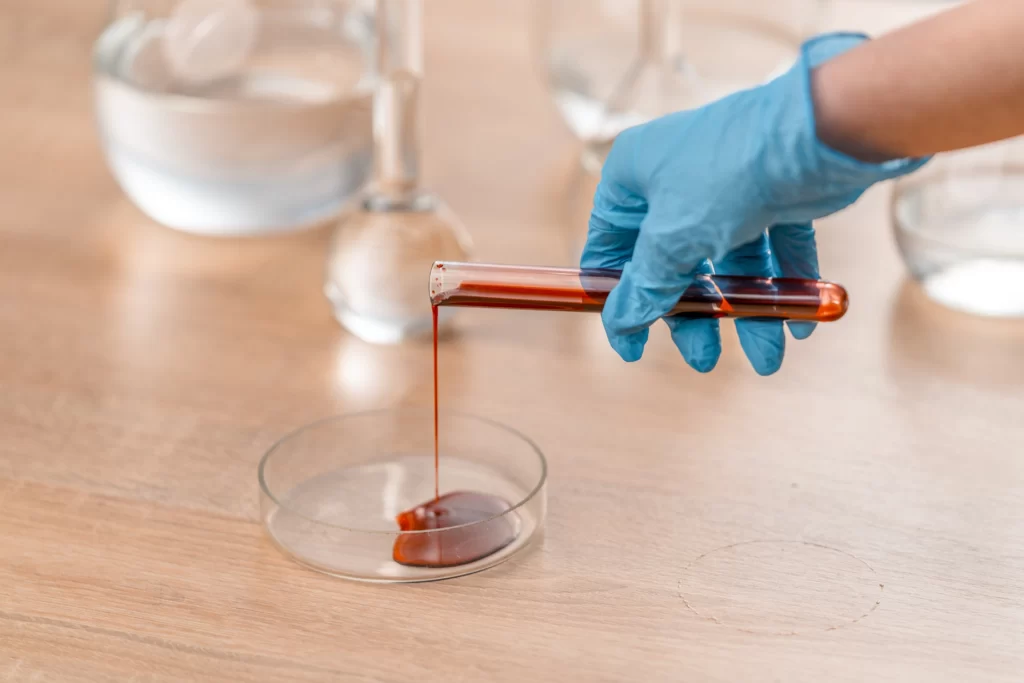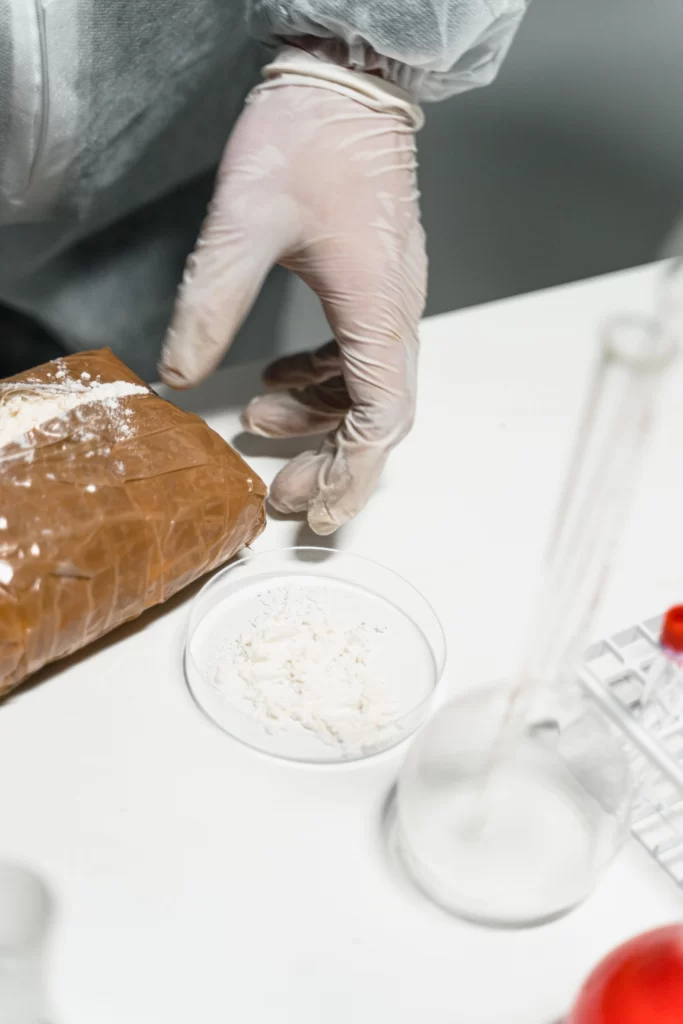Introduction
Small Petri dishes are crucial for conducting precise experiments in various scientific disciplines. These compact lab tools provide a controlled environment to observe and analyze microbial, cellular, and biochemical processes. In this blog, we will examine the importance of small Petri dishes, including their benefits, materials, design considerations, sterilization, and safety protocols. Furthermore, we will explore their applications in microbiology, cell culture, and biochemistry. Additionally, we will provide valuable tips for selecting the right small Petri dish, maximizing its effectiveness, and maintaining cleanliness.

Importance of Small Petri Dishes
Small petri dishes offer a controlled environment for studying microorganisms and biological samples. Their compact size allows for efficient use of laboratory space and reduces the amount of required media or reagents. These dishes are ideal for experiments that require limited sample volumes or when working with precious or expensive materials. The small Petri dishes provide researchers with a cost-effective and versatile tool for conducting precise experiments.

Advantages of Small Petri Dishes
Small Petri dishes offer several advantages over larger ones. Firstly, their compact size allows researchers to save space and optimize their workstations. They are also more manageable, stackable, and easily stored, making them ideal for high-throughput experiments. The reduced surface area of these dishes promotes faster media solidification and microbial growth, facilitating quicker experimentation. Moreover, small Petri dishes require smaller media volumes, leading to cost savings and reduced waste.

Materials and Design
Small Petri dishes are commonly made from high-quality, transparent plastic materials such as polystyrene. This material ensures excellent visibility and allows for precise observation of microbial colonies or cell cultures. The dishes are designed with a flat base and a slightly raised lid to prevent condensation and maintain aseptic conditions. The lids often have vents or grooves to facilitate gas exchange while preventing contamination.

Sterilization and Safety
Proper sterilization of small Petri dishes is crucial to prevent contamination and ensure reliable experimental results. Most small Petri dishes are sterilized using autoclaving, which exposes them to high-pressure steam. It is important to follow manufacturer instructions for sterilization to avoid damage or warping of the dishes. Additionally, researchers must adhere to strict aseptic techniques when handling small Petri dishes to prevent cross-contamination and maintain a safe working environment.

Applications in Microbiology
Small Petri dishes are widely used in microbiology for various applications. They are instrumental in studying microbial growth, conducting antibiotic sensitivity tests, and isolating pure cultures. These dishes provide a controlled environment that supports the growth of specific bacteria or fungi, allowing researchers to study their morphology, physiology, and response to different stimuli. Small Petri dishes are indispensable tools in microbiology research and diagnostics.

Applications in Cell Culture
In cell culture experiments, small Petri dishes serve as miniaturized platforms for growing and observing cell lines. Researchers can perform cell proliferation assays, and drug screenings, and observe cellular behavior in controlled conditions. The compact size of these dishes allows for the efficient use of cell culture media and reduces the consumption of expensive reagents. Small Petri dishes are also suitable for co-culture experiments and organoid culture systems.

Applications in Biochemistry
In the field of biochemistry, small Petri dishes are invaluable tools for conducting various experiments. They are commonly used for protein crystallization, enzyme assays, and biochemical analyses. The controlled environment provided by small Petri dishes ensures accurate and reproducible results. Researchers can monitor enzymatic reactions, study protein interactions, and analyze metabolic pathways within these confined spaces. The compact size of the dishes allows for the efficient use of expensive reagents and minimizes sample waste.

Choosing the Right Small Petri Dish
When selecting a small petri dish, several factors should be considered. The dish should be made from high-quality, transparent plastic material to enable clear observation of the experiment. It is important to choose a dish with a flat base and a raised lid to prevent condensation and maintain aseptic conditions. The size of the dish should be appropriate for the experiment, considering the sample volume and the required number of replicates. Additionally, compatibility with the sterilization method should be taken into account.

Tips for Using Small Petri Dishes
To ensure successful experiments using small Petri dishes, there are some important tips to keep in mind:
- Handle the small Petri dishes using aseptic techniques to avoid contamination.
- Label each dish with essential information, such as the date, experiment details, and necessary controls.
- Pour agar or other media into the dishes quickly but carefully to prevent premature solidification.
- Distribute the sample evenly within the dishes.
- Seal the dishes tightly to maintain a controlled environment and prevent contamination during incubation.
- Use sterile tools, such as pipettes or forceps, to minimize contamination risks.
- To minimize the risk of cross-contamination, it is important to maintain a clean and organized work area.
- Store Petri dishes in sterile containers or resealable bags when not in use to protect them from external contaminants.
- Consider using disposable plastic dishes to eliminate the need for sterilization and reduce contamination risks.
- Maintain optimal temperature and humidity levels during incubation for optimal sample growth.
- Regularly inspect Petri dishes for signs of contamination or irregularities throughout the incubation period.
- Dispose of used Petri dishes following biohazard waste guidelines to ensure safe handling and minimize environmental and health hazards.
Maintenance and Cleaning
After each use, small Petri dishes should be cleaned and sterilized for future experiments. Start by removing any remaining agar or media from the dishes. Soak the dishes in a disinfectant solution to kill any remaining microorganisms. Rinse the dishes thoroughly with distilled water to remove any traces of the disinfectant. Allow the dishes to air dry in a sterile environment or use a clean, lint-free cloth to dry them. Once dry, store the dishes in a clean and dust-free area to maintain their sterility.

Conclusion
Small petri dishes play a vital role in conducting precise experiments across various scientific disciplines. Their compact size, versatility, and controlled environment make them indispensable tools for researchers and scientists. Whether used in microbiology, cell culture, or biochemistry, small Petri dishes provide a reliable platform for observing and analyzing microbial, cellular, and biochemical processes. By following proper sterilization, handling, and maintenance techniques, researchers can maximize the effectiveness of small Petri dishes in their experiments.

FAQs (Frequently Asked Questions)

Q: Can small Petri dishes be reused?
A: Small Petri dishes can be reused after proper sterilization and cleaning. It is essential to follow appropriate sterilization protocols to ensure their sterility for subsequent experiments.
Q: What is the ideal size of a small petri dish?
A: The ideal size of a small petri dish depends on the specific experiment and sample volume. It is important to choose a size that allows for sufficient replication and efficient use of resources.

Q: Are small Petri dishes suitable for long-term cell culture?
A: Small Petri dishes are commonly employed for short-term cell culture experiments. Nevertheless, for longer culture durations, it is advisable to consider the utilization of larger dishes or specialized culture vessels to enhance the overall results.
Q: Can small Petri dishes be used for plant tissue culture?
A: While small Petri dishes are commonly used in microbiology and cell culture, they may not be suitable for plant tissue culture. Plant tissue culture often requires larger containers with specific nutrient requirements.

Q: Where can I purchase small Petri dishes?
A: Small Petri dishes are readily available from scientific suppliers, laboratory equipment retailers, and online marketplaces. It is important to choose reputable sources to ensure the quality of the dishes.
Q: Can small Petri dishes be used for both aerobic and anaerobic experiments?
A: Small Petri dishes are suitable for conducting both aerobic and anaerobic experiments. However, for anaerobic experiments, it is crucial to utilize dedicated anaerobic chambers or gas packs to establish an oxygen-free environment inside the dish.

Q: How do I prevent condensation buildup in small Petri dishes?
A: To prevent condensation, it is crucial to incorporate small openings or vents in the lids of Petri dishes, ensuring sufficient gas exchange. Moreover, it is advised to refrain from subjecting the dishes to significant temperature changes, as such fluctuations can result in condensation.
Q: What is the shelf life of small Petri dishes?
A: The shelf life of small Petri dishes depends on the manufacturer and storage conditions. It’s recommended to check the expiration date on the packaging and store the dishes in a cool, dry place to maintain their quality.

Q: Can small Petri dishes withstand high temperatures?
A: Small Petri dishes are commonly constructed from heat-resistant materials like polystyrene, enabling them to endure moderate temperatures. Nevertheless, it is essential to consult the manufacturer’s instructions and refrain from exposing the dishes to temperatures that exceed their designated thresholds.
Q: Are small Petri dishes suitable for studying fast-growing microorganisms?
A: Yes, small Petri dishes can be used to study fast-growing microorganisms. Their compact size and quick media solidification allow for efficient cultivation and observation of rapidly dividing microbial colonies. However, it’s important to regularly monitor and subculture fast-growing organisms to avoid overcrowding and depletion of nutrients.




4 thoughts on “Precise Experiments with Small Petri Dish”